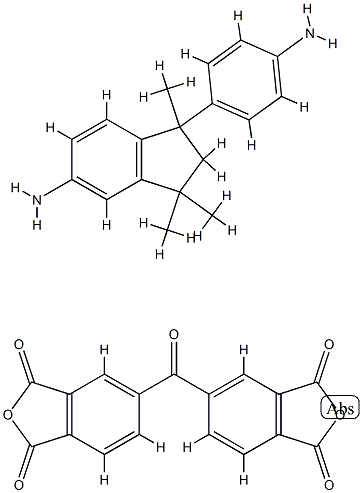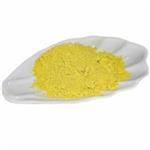Uses
Soluble thermoplastic polyimide for high temperature adhesives and compositesPolyimide sealing is utilized to make a permanent and leak-free union between two pieces of silica tubing, stainless steel or glass and press fit unions are most commonly used. Soluble thermoplastic polyimide used for high temperature adhesives and composites. They are used in the electronics industry for flexible cables, as an insulating film on magnet wire and for medical tubing. It is also employed as a mechanical stress buffer. It is utilized for the reverse osmotic film in purification of water or the concentration of dilute materials from water, such as maple syrup production.
Uses
Polyimides (PI, also known by alternative brand names: Pyralin Apical, Kapton, and Kaptrex) are polymers made of imide monomers (two carbonyl groups bonded to nitrogen). It has a density of 1430 kg/m3, Young’s modulus 3200 MPa, tensile strength (75–90) MPa, glass transition temperature > 400℃, thermal conductivity of 0.53 W/(m K), and a low relative dielectric constant of 2.9. Polyimides have applications similar to BCBs and also find applications as a low dielectric constant material in high-frequency interconnects (low-k material). The higher thermal conductivity and high glass transition temperature when compared to other types of insulating polymers also makes them a good choice where heat dissipation is important or other applications requiring good thermal management or low parasitic capacitances. Microchannels and high-frequency microdevices embedded in both photosensitive and nonphotosensitive polyimides have been fabricated and reported.
Industrial uses
Available both as thermoplastic and thermosetresins, polyimides (PIs) are a family of someof the most heat- and fire-resistant polymersknown. Moldings and laminates are generallybased on thermoset resins, although some aremade from thermoplastic grades. Unlike mostplastics, polyimides are available as laminatesand shapes, molded parts, and stock shapesfrom some materials producers. Thin-film products— enamel, adhesives, and coatings — areusually derived from thermoplastic polyimideresins.
Polyimide parts and laminates can serve continuouslyin air at 260°C; service temperaturefor intermittent exposure can range from cryogenicto as high as 482°C. Glass-fiber-reinforcedversions retain over 70% of their flexuralstrength and modulus at 249°C. Creep is almostnonexistent, even at high temperatures, anddeformation under load (27.2 MPa) is less than0.05% at room temperature for 24 h.
These materials have good wear resistanceand low coefficients of friction, both of whichare further improved by polytetrafluoroethylenefillers. Self-lubricating parts containing graphitepowders have flexural strengths above 68MPa, which is considerably higher than thoseof typical thermoplastic bearing compounds.
Electrical properties of polymide moldingsare outstanding over a wide range of temperatureand humidity conditions.




